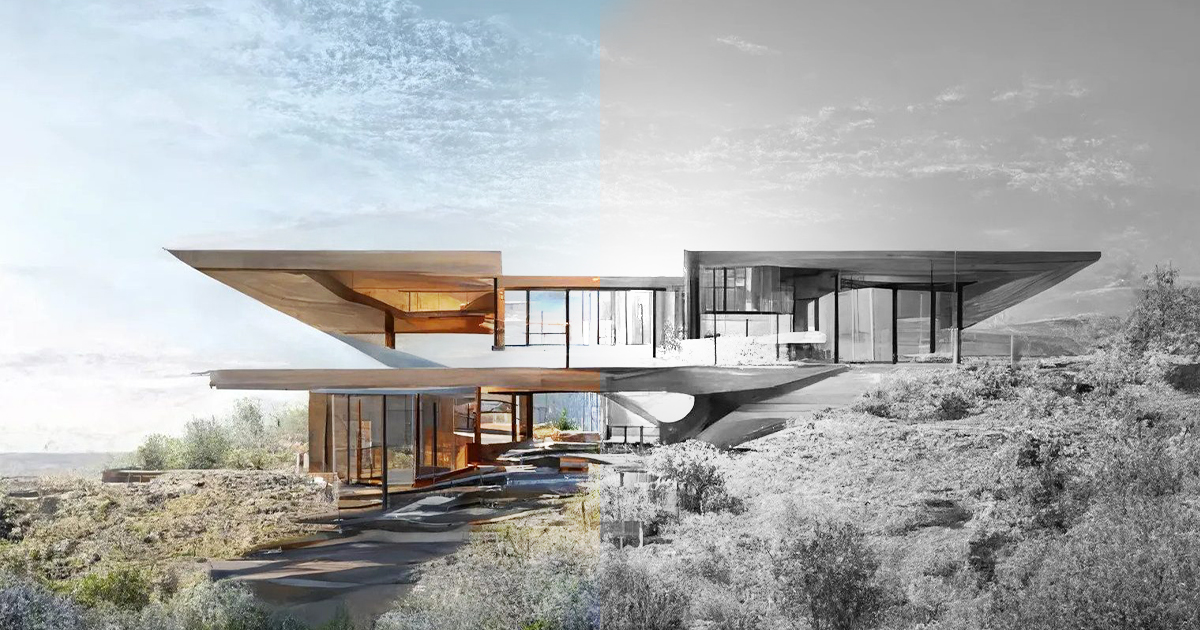Revolutionizing Architecture: The Role of Artificial Intelligence in Architectural Design
Artificial Intelligence (AI) has swiftly emerged as a transformative force across various industries, and the field of architecture is no exception. From streamlining design processes to enhancing building performance, AI is revolutionizing the way architects plan, design, and construct structures. This article delves into the multifaceted role of AI in architecture, exploring its applications, benefits, and future implications.
AI technologies are increasingly being integrated into architectural design workflows, offering architects powerful tools to enhance creativity, efficiency, and sustainability. One of the key applications of AI in architecture is generative design, where algorithms explore countless design possibilities based on specified parameters such as building site, function, and sustainability goals. This enables architects to quickly generate and evaluate numerous design iterations, optimizing for factors like structural integrity and energy efficiency.
Additionally, AI-powered tools like parametric design software aid architects in creating complex, adaptive designs that respond to environmental conditions and user needs. These tools facilitate the exploration of innovative geometries and spatial configurations that might not be achievable through traditional design methods.
AI in the Architectural Design Process: AI can be utilized in all 6 phases of the architectural design process. This involves several stages, including Pre-Design, Schematic Design, Design Development, Planning Application, Construction Documents, and Construction Administration.

Beyond the design phase, AI plays a crucial role in optimizing building performance throughout its lifecycle. For instance, AI-driven simulations can analyze factors such as daylighting, thermal comfort, and energy consumption to inform design decisions that enhance occupant comfort and reduce environmental impact. By leveraging real-time data from building sensors, AI systems can also monitor and adjust building operations to maximize energy efficiency and sustainability.
Furthermore, AI-enabled predictive maintenance systems can proactively identify potential issues in building systems, enabling timely interventions to prevent costly repairs and downtime. These predictive analytics help architects and building managers optimize maintenance schedules and improve the overall lifespan of structures.
While the integration of AI in architecture offers immense potential, it also presents challenges that need to be addressed. Architects must grapple with ethical considerations surrounding AI, such as data privacy, algorithm bias, and the impact on human creativity in the design process. Additionally, there is a need for upskilling architects to effectively leverage AI tools and technologies in their practice.
Looking ahead, the future of AI in architecture holds exciting possibilities. As AI continues to evolve, architects can harness its capabilities to design more sustainable, resilient, and user-centric built environments. Collaborations between architects, data scientists, and AI experts will drive innovation in architectural practice, pushing the boundaries of what is achievable in design and construction.
Artificial Intelligence is reshaping the field of architecture, empowering architects to create smarter, more responsive buildings that meet the demands of the 21st century. By embracing AI technologies and exploring their potential applications, architects can unlock new opportunities for design innovation, sustainability, and performance optimization. As AI becomes increasingly intertwined with architectural practice, it is essential for architects to adapt and embrace these transformative tools to shape a more efficient and sustainable built environment.





